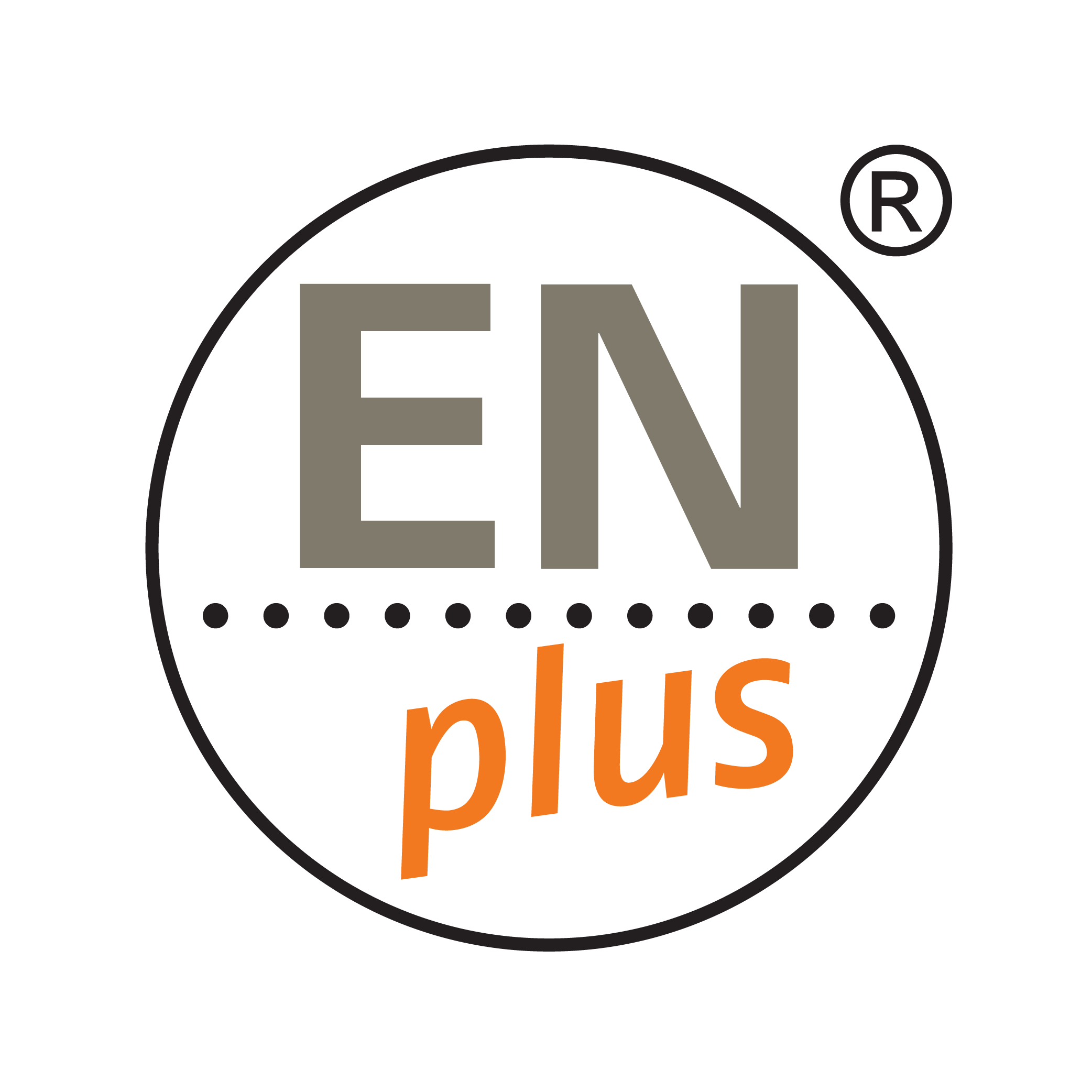The Symbiotic Relationship between Bioenergy and Forest Management in Europe
As the world seeks sustainable and renewable energy solutions, the forest-based industry and the bioenergy sector have become an example of how to protect the environment and boost the economy through their symbiotic relationship.
This synergy not only contributes to the mitigation of climate change but also fosters the development of a robust and sustainable energy system as well as a healthy European economy.
The forest-based industry, which includes sawmills, forest operators, and related businesses, has a crucial role in the sustainable management of our forests. These industries take care of harvesting, processing, and using wood resources, making sure the forest is resilient and that a wise balance between economic growth and environmental conservation is maintained. However, the story continues beyond the production of timber and wood products; it also connects to the field of bioenergy.
One of the most promising aspects of this collaboration lies in the utilization of solid biomass for energy production (both for electricity and heat). Biomass, derived from forestry residues coming from sustainable forest management practices and sawmilling by-products, represents a renewable, reliable, and dispatchable source of energy. The conversion of wood waste to bioenergy, such as pellets, chips, and briquettes, not only reduces the environmental impact of forestry operations but also diversifies our energy matrix while making it more independent and resilient towards external perturbations.
Furthermore, the use of solid biomass in energy generation aligns seamlessly with the principles of circular economy and sustainable development. Rather than allowing forest residues to decompose and release greenhouse gases into the atmosphere, harnessing this material for bioenergy enhances the overall carbon efficiency of forestry operations. In essence, the integration of the forest-based industry with the bioenergy sector closes the loop on waste and maximizes the utility of every harvested tree.
Policy measures that promote the collaboration between these sectors are of paramount importance. Support for research and development, incentives for sustainable forestry practices, and the creation of an enabling regulatory environment can propel the growth of this symbiotic relationship. Additionally, fostering partnerships between stakeholders, including government bodies, industry players, and environmental organizations, is essential for creating a thriving bioenergy ecosystem.

The Symbiotic Relationship between Bioenergy and Forest Management in Europe
Download the paper to discover more about sustainable forest management, carbon sink, carbon stock and biodiversity.




